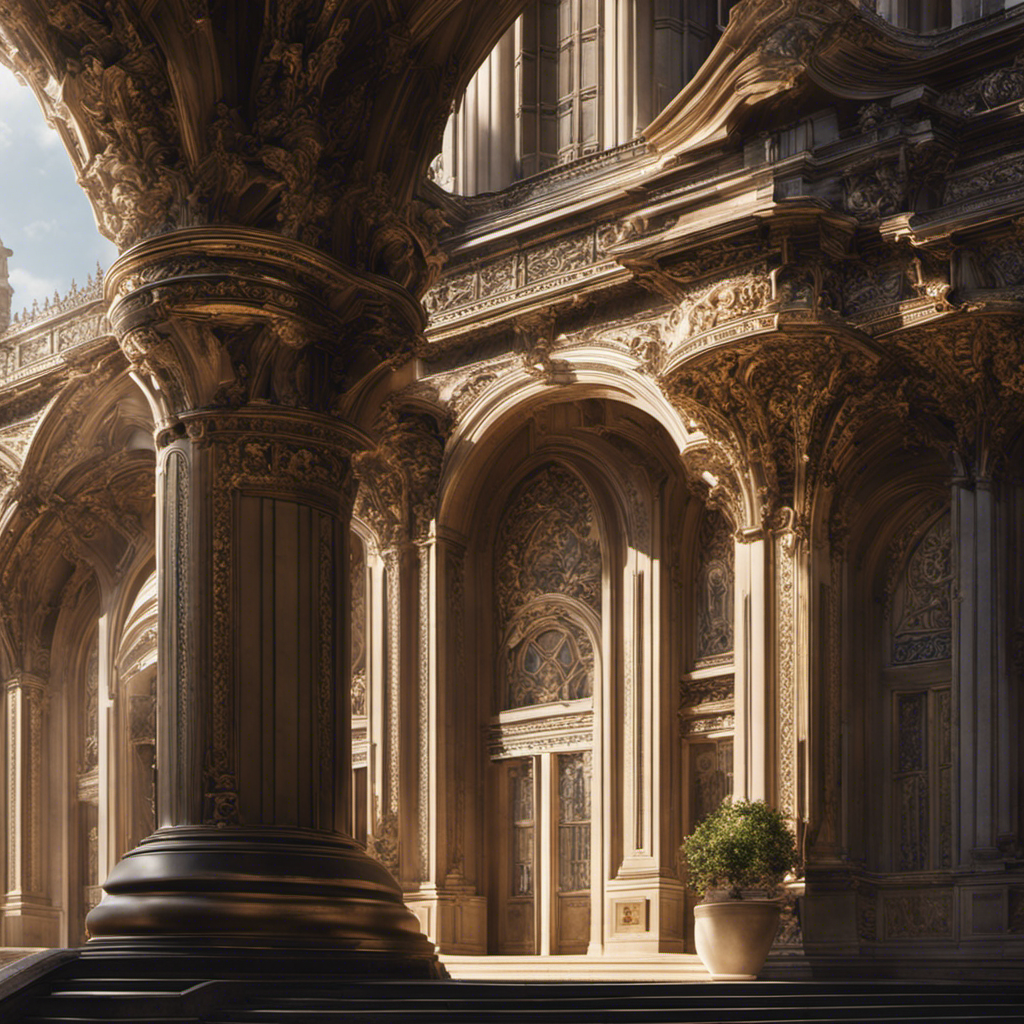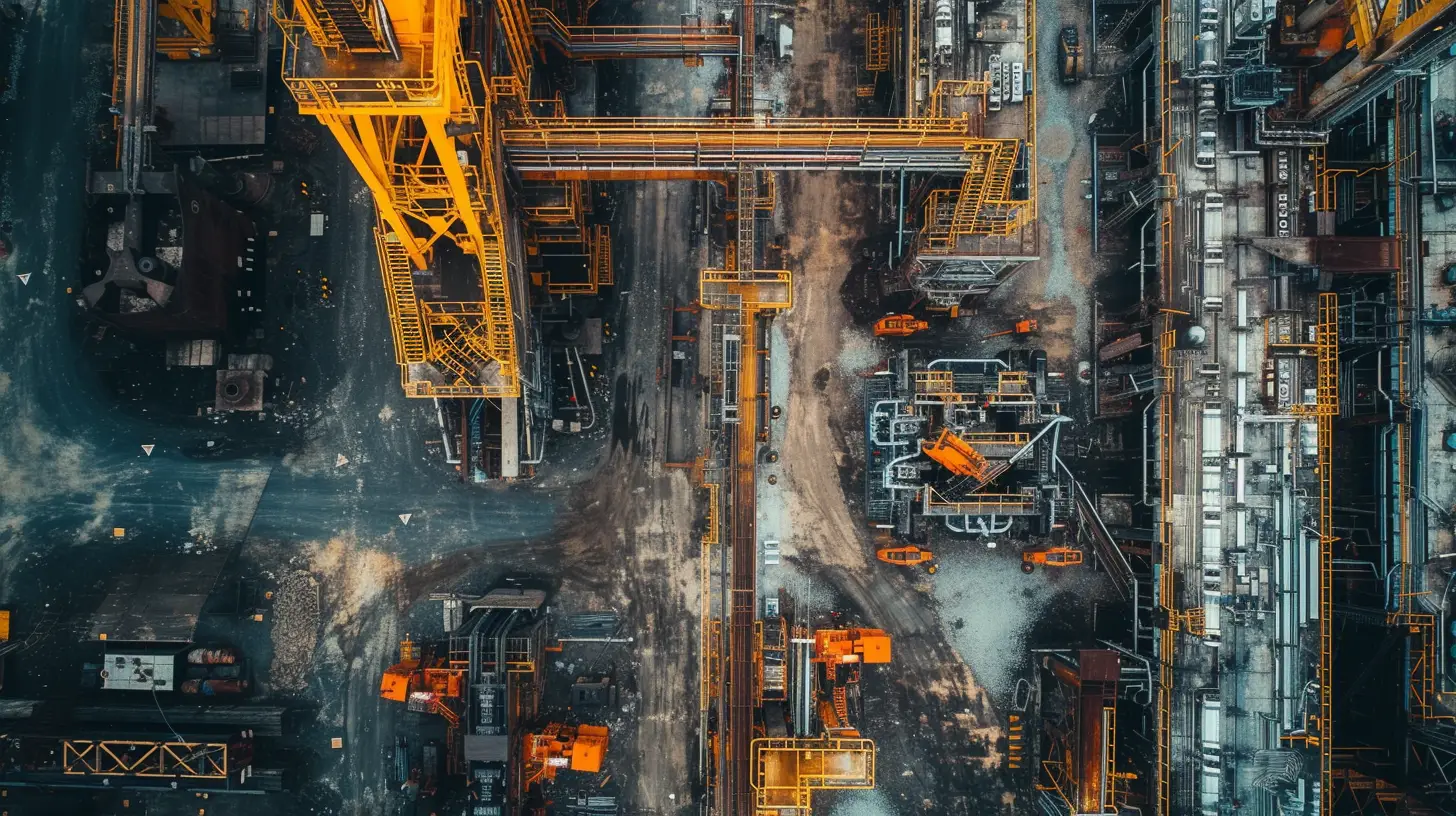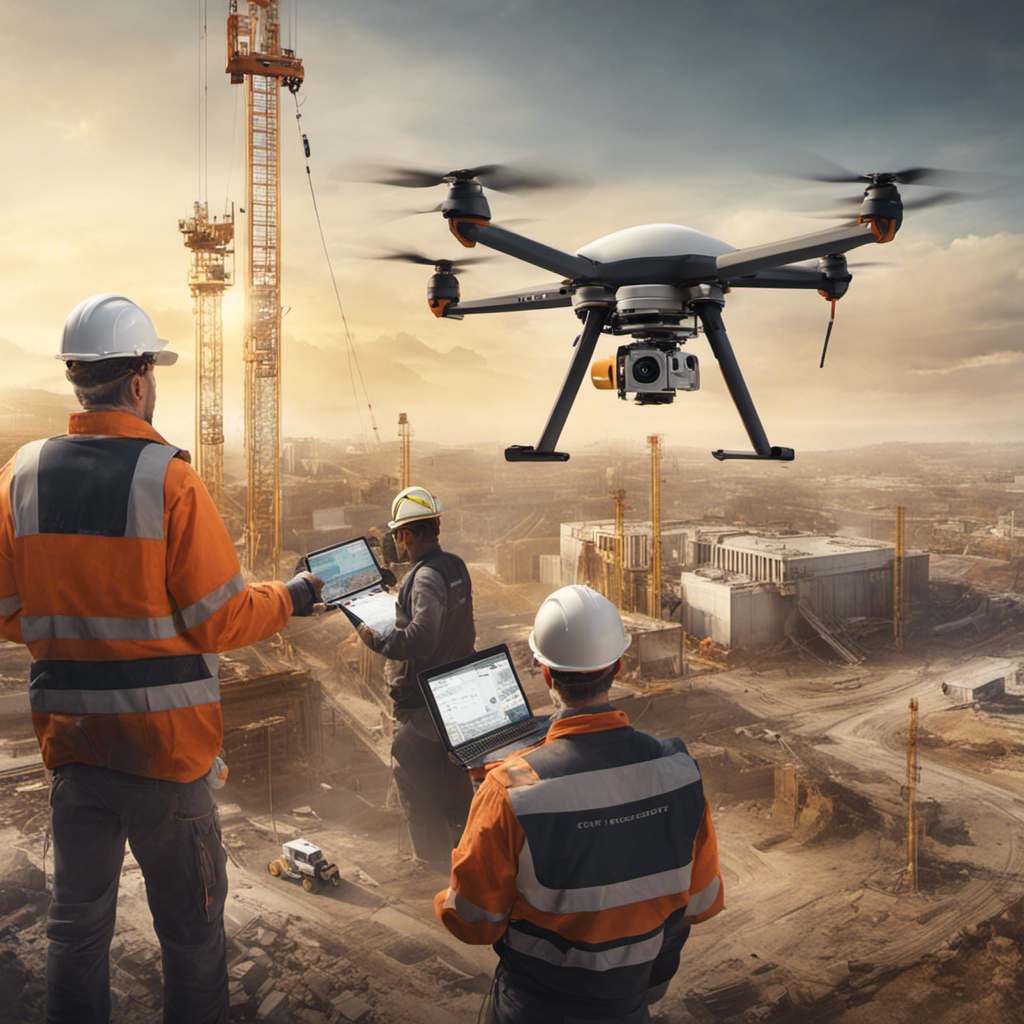Are you fascinated by the stunning architecture of famous landmarks like the Eiffel Tower or the Sydney Opera House?
Architectural photography allows you to capture the intricate details and character of structures, telling a captivating story through your lens.
It’s not just about taking pictures of buildings; it’s about creating art that evokes emotions and showcases the beauty of architectural designs.
With the right equipment, lighting techniques, composition skills, and post-processing techniques, you can capture breathtaking shots that highlight the unique character of each structure.
Whether you’re a professional photographer or an enthusiast, architectural photography gives you the freedom to explore and capture the world of architecture in your own unique way.
Key Takeaways
- Use wide-angle or tilt-shift lenses, high-quality tripods, and camera bodies with high resolution and dynamic range for optimal results in architectural photography.
- Experiment with different lighting techniques, including natural lighting at different times of the day, artificial lighting angles and intensities, and shooting during the golden hour or at dusk/dawn for specific lighting effects.
- Pay attention to lines, angles, symmetry, and perspectives to create visually captivating compositions that showcase the unique character and essence of structures.
- Utilize post-processing software and techniques like image stitching, exposure adjustment, white balance correction, and selective adjustments to refine and enhance architectural images for maximum impact and quality.
Essential Equipment for Architectural Photography
To capture stunning architectural photographs, you’ll need specific equipment that ensures precision and clarity in your shots. Architectural photography is the art of capturing structures with meticulous detail and technical expertise. Photographers rely on essential equipment to achieve the desired results.
Wide-angle or tilt-shift lenses are commonly used in architectural photography. These lenses allow photographers to capture a wide field of view and correct any perspective distortion.
Additionally, high-quality tripods provide stability, eliminating camera shake and ensuring sharp images. Camera bodies with high resolution and dynamic range are preferred for capturing the intricate details of architectural structures.
Post-processing software like Adobe Lightroom and Photoshop are essential tools for making adjustments and enhancing the final images.
Finally, image stitching techniques are used to create panoramic shots or composites, providing a comprehensive view of architectural structures.
With the right equipment and technical expertise, photographers can truly master the art of architectural photography.
Understanding Lighting Techniques for Architectural Photography
You can enhance the visual impact of your architectural photographs by understanding various lighting techniques.
Lighting plays a crucial role in capturing the essence of architectural structures. To achieve stunning results, develop a keen eye for detail and experiment with different lighting setups.
Natural lighting can vary throughout the day, creating different moods and highlighting specific features. Consider shooting during the golden hour, when the soft, warm light can beautifully emphasize textures and details. Alternatively, try shooting at dusk or dawn for dramatic lighting effects and captivating silhouettes.
When working with artificial lighting, experiment with different angles and intensities to create depth and enhance the architectural elements.
Composition Tips for Capturing Stunning Architectural Shots
Create visually captivating architectural shots by applying effective composition techniques. Composition is a crucial aspect of architectural photography as it allows you to tell a story through your images.
To capture stunning architectural shots, consider the following composition tips.
First, pay attention to the lines and angles of the structures. Utilize leading lines to guide the viewer’s eye and create a sense of depth and movement.
Additionally, use symmetry to create a sense of balance and harmony in your photographs.
Experiment with different perspectives and angles to add dynamic elements to your compositions.
Don’t forget to incorporate human elements to provide scale and add interest to your images.
Editing and Post-Processing Techniques for Architectural Photography
Enhancing the visual impact and overall quality of your architectural images can be achieved through implementing effective editing and post-processing techniques.
In architectural photography, editing and post-processing play a crucial role in refining the captured structures and creating stunning final images. Post-processing software like Adobe Lightroom and Photoshop are commonly used for these adjustments.
One important technique is image stitching, which allows you to create panoramas or composites for a comprehensive view of the structures.
Additionally, adjusting exposure, white balance, and correcting perspective distortion are essential post-processing techniques to ensure accurate representation of the architectural elements.
To further enhance the visual impact, selective adjustments can be applied to specific areas of the image, emphasizing details and highlighting key elements.
Showcasing the Unique Character of Structures Through Perspective and Angles
One way to capture the unique character of structures is through the careful selection of perspectives and angles. As an architectural photographer, you must have the ability to create images that convey the scale and grandeur of a building. By strategically choosing your vantage points, you can emphasize the impressive size and intricate details of the architecture.
Additionally, understanding how lighting can bring out the best in a structure is crucial. The interplay between light and shadow can enhance the textures and contours, adding depth and dimension to your photographs. Experimenting with different perspectives and angles allows you to showcase the building’s unique features and personality.
Whether it’s capturing the symmetry of a façade or utilizing leading lines to draw the viewer’s eye, your choice of perspective and angle plays a vital role in creating visually captivating compositions that truly showcase the essence of the structure.
Frequently Asked Questions
What Is Photography of Architecture Called?
Architectural photography is commonly known as ‘photography of architecture’ or ‘building photography’. It requires specialized techniques and equipment to capture the design, details, and unique features of a building.
What Type of Photography Is Taking Pictures of Buildings?
Taking pictures of buildings falls under the category of architectural photography. This type of photography involves capturing the essence and beauty of structures, showcasing their design, details, and unique features.
How Do You Capture Architecture in Photography?
When capturing architecture in photography, you must master the art of composition techniques, carefully consider lighting, and skillfully capture unique angles. Afterward, in post-processing, adjust exposure and correct perspective distortion to showcase architectural details beautifully.
What Are the Three Approaches to Photographing Architecture?
To capture architecture in photography, you need to consider composition techniques, lighting, and perspective. Experiment with angles and use natural light to highlight structures. Enhance your images through post processing and showcase architectural details for a visually stunning result.




